PRESALE LIVE. Move early. Get more $CWT.BUY NOW!
Non-Custodial Wallets Explained: How Cold Wallet Keeps Your Crypto Safe?
Discover the difference between custodial & non-custodial wallets & why self-custody matters. Learn why Cold Wallet is the best non-custodial wallet app for security, privacy & freedom.

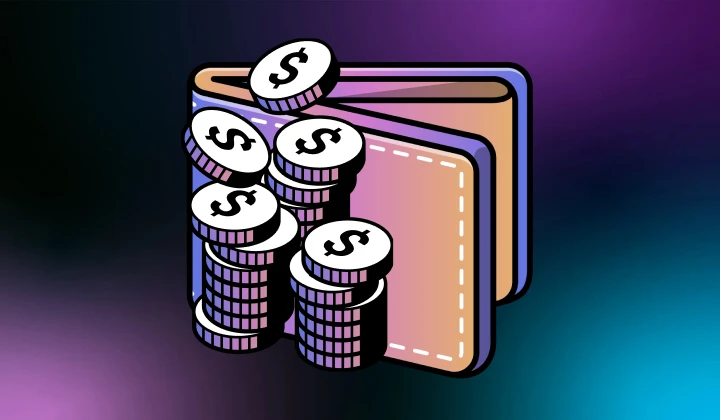
If you own crypto, you need a wallet. But not just any wallet, a self-custodial crypto wallet or non-custodial crypto wallet is your best shot at actually owning your assets.
Most people keep their coins on exchanges thinking they’re safe, but they’re not. With a non-custodial wallet, you hold the keys. You call the shots. That’s the only way to make sure your crypto stays yours.
Forget relying on companies that can freeze your assets or vanish overnight. Want real control? Want to keep your money safe? Learn the difference between custodial vs. self-custodial wallets, and why more people are switching to secure crypto wallets like Cold Wallet.
Let’s break it all down, step by step.
What Is a Self-Custodial Wallet?
A self-custodial wallet (also called a non-custodial crypto wallet) is a wallet where you control the private keys. That means only you can access or move your funds. No bank. No exchange. No middleman. You hold the keys, literally and figuratively.
In crypto, private keys are everything. They’re like your bank account password, but way more powerful. If you lose them, you lose access. But if someone else holds them? They own your money, not you.
With a self-custodial wallet, your crypto is stored on-chain, and your private keys stay on your device or secure backup. It’s like a safe only you can open. Compare that to a custodial wallet where you're basically handing your safe keys to a stranger and hoping they don’t lose them.
Custodial vs. Self-Custodial: What's the Difference?
Custodial Wallet:
- Your private keys are held by a third-party service, typically an exchange.
- If that platform gets hacked, collapses, or freezes your account, you’re stuck.
- You rely on someone else’s security and ethics.
- Think FTX, Celsius, or Mt. Gox, the cautionary tales are endless.
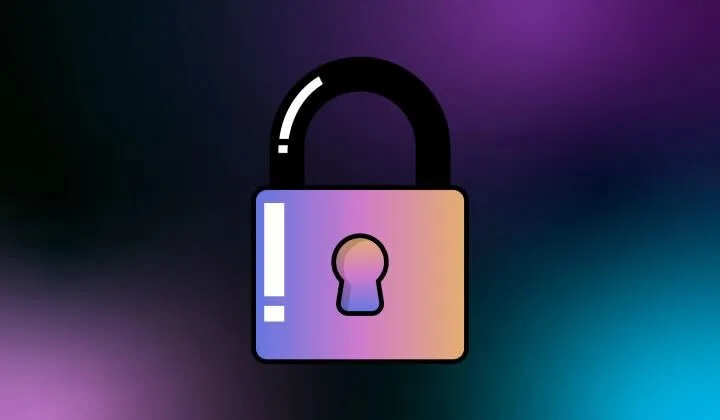
Self-Custodial Wallet / Non-Custodial Wallet:
- You and only you hold the private keys.
- You’re in full control of when, where, and how you move your crypto.
- No third-party hacks, delays, or shady business.
Why is this such a big deal? Because crypto is meant to be decentralized. Using a custodial wallet puts your assets right back in centralized hands. That defeats the whole purpose. With a non-custodial wallet, you become your own bank, no permissions needed.
Why Use a Self-Custodial Crypto Wallet?
Let’s be real, crypto is supposed to be about freedom. A self-custodial wallet gives you exactly that:
- Full control over your funds. No one else can move or freeze them.
- Total privacy. Your transactions and holdings are only visible on-chain, not controlled by a company.
- Zero trust required. You don’t have to hope your provider won’t rug you.
Want to buy NFTs, use DeFi apps, or swap your tokens? You’ll need a non-custodial wallet app to interact directly with dApps. Custodial wallets often block or restrict these features.
If you’re serious about your crypto journey, going with the best self-custodial option isn’t just safer, it unlocks everything crypto was designed to be.
What About Security? Are Self-Custodial Wallets Safe?
Absolutely, but with great power comes great responsibility. Security is in your hands, not someone else’s.
Here’s how to stay secure:
- Store your private keys offline. Never screenshot or save them in the cloud. Hackers love easy wins.
- Use a secure crypto wallet like Cold Wallet with strong encryption, Face ID, or fingerprint protection.
- Back up your recovery phrase on paper or metal. Consider metal plates that resist fire and water.
Wallet security isn’t just about the app, it’s about your habits. Use common sense, stay alert to phishing, and always double-check the apps and websites you interact with.
The Best Crypto Wallet Apps for Self-Custody Wallets
Looking for the best crypto wallet apps that put you in full control? You want a non-custodial wallet app that’s beginner-friendly, safe, and works on both Android and iOS.
A good self-custodial wallet should offer:
- Cross-platform compatibility. You should be able to manage funds from your phone or tablet.
- Top-tier UX. A confusing app invites mistakes.
- Multi-chain support. Store, send, and swap across Ethereum, Bitcoin, Solana, and more.
Cold Wallet is a standout choice. It’s a non-custodial hot wallet with a modern interface, bulletproof security, and all the features you need without the fluff. No shady permissions. No hidden fees. Just you and your crypto.
Who Should Use a Non-Custodial Crypto Wallet?
Honestly? Everyone. But especially:
- Beginners who want to learn crypto right. No better time to start holding your own keys.
- People who’ve been burned by centralized exchanges (you’re not alone).
- Android and iOS users looking for the best crypto wallets for Android and iOS that don’t compromise on security.
- Long-term HODLers who want total peace of mind.
The best crypto wallet for beginners is one that teaches you to fish, while keeping the rod simple. With Cold Wallet, even first-timers can master wallet security without breaking a sweat.
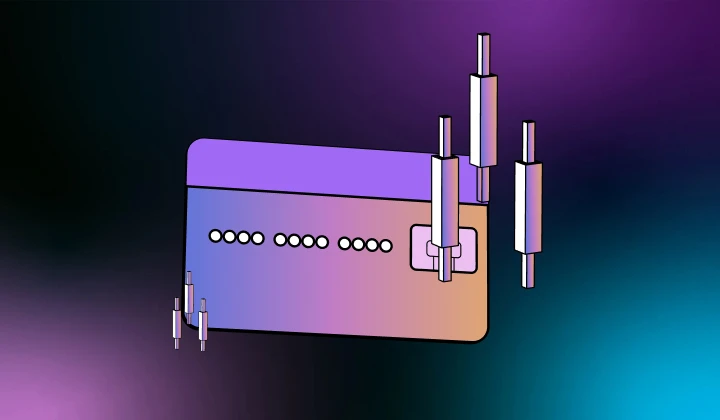
Security Meets Simplicity
A crypto wallet should be both secure and easy to use. That’s why Cold Wallet is built for both iOS and Android, making it one of the best crypto wallet for iOS and Android users who want full control of their assets.
Cold Wallet gives you:
- A sleek, intuitive interface for iOS & Android
- Fast transactions with full control over fees
- Biometric authentication (Face ID & fingerprint support)
Quick Tip: Enable Face ID or fingerprint unlock for instant, secure access.
Supports More Blockchains Than Most Wallets
Some wallets trap you in a single ecosystem. Not Cold Wallet. We support:
- Bitcoin (BTC)
- Ethereum (ETH)
- BNB Smart Chain (BSC)
- XRP
- Solana (SOL)
- Polygon (MATIC)
- Avalanche (AVAX)
- Tron (TRX)
- Arbitrum (ARB)
- KASPA (KAS)
- SUI,
- Dogecoin (DOGE)
- Shiba Inu, and more.
How to Keep Your Crypto Safe With Cold Wallet?
Using Cold Wallet already gives you an edge in security, but here’s how to take it a step further:
Backup Your Seed Phrase Like Your Life Depends on It
- Write it down on paper or metal storage (bonus points if it's fireproof).
- Never screenshot it or store it digitally—hackers love easy targets.
Avoid Phishing Scams & Fake Apps
- Only download Cold Wallet from the official App Store or Google Play.
- If someone asks for your private keys—run. It’s a scam.
Use Cold Storage for Large Holdings
- Daily transactions? Use Cold Wallet.
- Holding long-term? Consider a hardware wallet as a backup.
Common Myths About Non-Custodial Wallets (Debunked)
- Myth #1: Non-Custodial Wallets Are Hard to Use
- Truth: Cold Wallet makes self-custody simple. No complex setup, no technical knowledge needed.
- Myth #2: If I Lose My Private Key, I Lose My Funds Forever
- Truth: While private keys are critical, Cold Wallet gives you a recovery phrase so you can restore access.
- Myth #3: Non-Custodial Wallets Are Less Secure Than Exchanges
- Truth: Exchanges are constant hacker targets because they store billions in customer funds. With Cold Wallet, your crypto is stored securely on-chain, out of reach from hackers.
How to Switch From a Custodial to a Self-Custodial Wallet?
- Download self-custodial wallet app like Cold Wallet from the App Store or Google Play.
- Set up your wallet. Follow the steps, and most importantly, write down your 12-word recovery phrase and store it safely.
- Withdraw your funds from your custodial exchange (Binance, Coinbase, etc.) to your new self-custodial crypto wallet.
- Verify small transactions first. Once you’re confident, move the rest.
- Relax. You’ve just taken full control of your financial future.
Once you go non-custodial, there’s no looking back.
FAQs: Self-Custody Basics
Q: What is the difference between a custodial and non-custodial wallet?
A: Custodial = someone else holds your keys. Non-custodial = you hold your keys. One puts you at risk. The other puts you in control.
Q: What is a self-custodial crypto wallet?
A: A wallet that gives you sole access to your private keys and funds. No third parties involved.
Q: Are non-custodial wallets safe?
A: Yes, when used properly. It’s up to you to keep your private keys and recovery phrase secure.
Q: What's the best non-custodial wallet for beginners?
A: Cold Wallet: easy interface, cross-chain support, and top-tier wallet security built in.
Q: What’s a non-custodial hot wallet?
A: A wallet connected to the internet that keeps your private keys with you, not on a server. Fast, flexible, and secure when used right.
Final Thoughts: Take Control or Get Burned
Still leaving your crypto on an exchange? That’s like keeping your valuables in someone else’s backpack and hoping for the best. History’s proven that exchanges can, and do fail. A non-custodial crypto wallet gives you true ownership and ultimate peace of mind. You own your keys. You own your future. And you don’t need to ask anyone for permission to use your money. That’s the essence of crypto.
Whether you're new to crypto or a seasoned HODLer, switching to a self-custodial wallet is the smartest move you can make. With options like Cold Wallet, you get unmatched wallet security, full-chain support, and the confidence of knowing no one can touch your assets but you.
Be your own bank. Trust yourself. And remember: More is More, especially when it comes to control.
Download Cold Wallet today. Self-custody starts now.

Related Posts
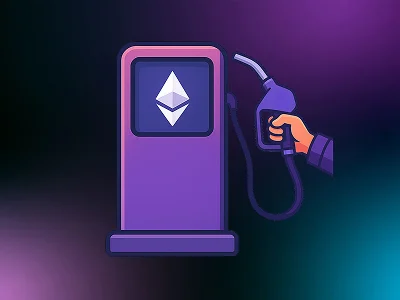
September 1, 2025
Understanding Gas Fees: How Cold Wallet Simplifies Transactions?
Confused by crypto gas fees? This guide breaks down how they work and how Cold...
Read More
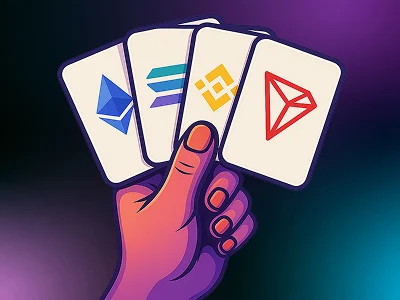
September 1, 2025
How Does a Crypto Wallet Work in Simple Terms?
Curious about how crypto wallets work? This beginner-friendly guide explains how they store, send, and...
Read More
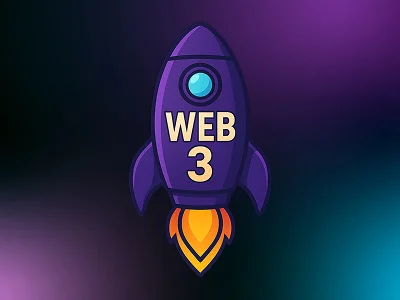
September 1, 2025
Understanding WalletConnect: How to Use Cold Wallet with Web3 dApps?
Discover how to seamlessly connect Cold Wallet with Web3 decentralized apps using WalletConnect. This guide...
Read More